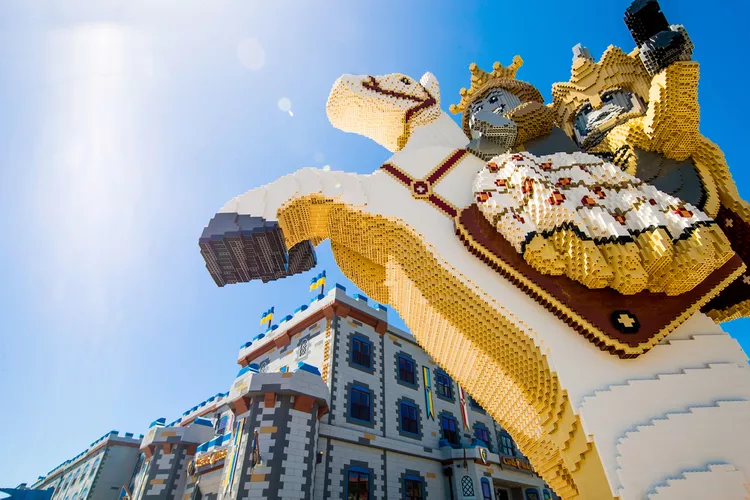Summary
Certified Autism Centers: A New Standard
The Florida and California locations are already certified, and the New York location will join them March 31.
The Legoland Resorts in the U.S. are dedicated to ensuring all children can enjoy its theme parks. The company is unveiling new features and resources that will enable all three locations to achieve Certified Autism Centers by the end of this month. This accreditation indicates that at least 80 percent of Legoland’s staff has received specialized training and is certified in autism care.
Legoland California in Carlsbad, California (about 35 miles north of San Diego) and Legoland Florida in Winter Haven, Florida (about 50 miles east of Tampa and 50 miles southwest of Orlando) received certification last year. Now, Legoland New York in Goshen, New York (about 60 miles northwest of New York City) will also be joining this initiative when it opens for the season on March 31.
“It’s our hope that families with children of all abilities feel encouraged and inspired to be curious, creative, and imaginative while at our parks,” Julie Estrada, the North American public relations director for Merlin Entertainments, Legoland Resorts’ parent company, stated. “Our new Certified Autism Center certification is just another way we provide added guidance and care to families, ensuring that children and their parents feel fully supported throughout their vacation journey.”
Sensory Guides: Enhancing Accessibility
According to the Centers for Disease Control and Prevention (CDC), one in 44 children lives with autism. Therefore, it is vital for parks to prioritize accessibility for families with neurodiverse members, allowing them to engage in activities in a way that suits their needs.
At North American Legolands, every ride at each park will feature a sensory guide developed with The International Board of Credentialing and Continuing Education Standard. These guides provide detailed information about various elements that may be challenging for guests. “The signs indicate levels of intensity for touch, taste, sound, sight, and smell, ensuring there are no surprises during their experience,” Estrada explained.
For example, in California, the “LEGO Ninjago The Ride” is rated high for stimulation in sound and sight. Conversely, the park’s “Sea Life Aquarium’s Sea at Night” is rated in the middle of the scale. In Florida, both “The Great Lego Race” and “Mia’s Riding Adventure” feature higher touch sensory levels, whereas in New York, the “Palace 4D Cinema” ranks near the highest end of the scale for touch, sound, and sight.
These sensory guides are also available online, enabling families to plan their visits ahead of time. Such pre-visit preparations can significantly enhance the experience for families with children on the autism spectrum.
Low-Sensory Areas: Safe Spaces for Guests
Moreover, alongside comprehensive signage, frontline team members at Legoland are trained to assist autistic guests and those with other sensory sensitivities. Each park features low-sensory areas where guests can take breaks in a quieter environment with reduced stimulation. Furthermore, guest services are available to provide earplugs and “Assisted Access” passes to help mitigate the effects of loud noises and overstimulation.
The commitment to enhancing accessibility at Legoland parks exemplifies a broader movement toward inclusivity in entertainment venues, ensuring every family can create cherished memories during their visits. For more information, visit legoland.com.





